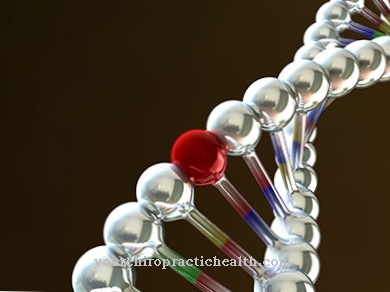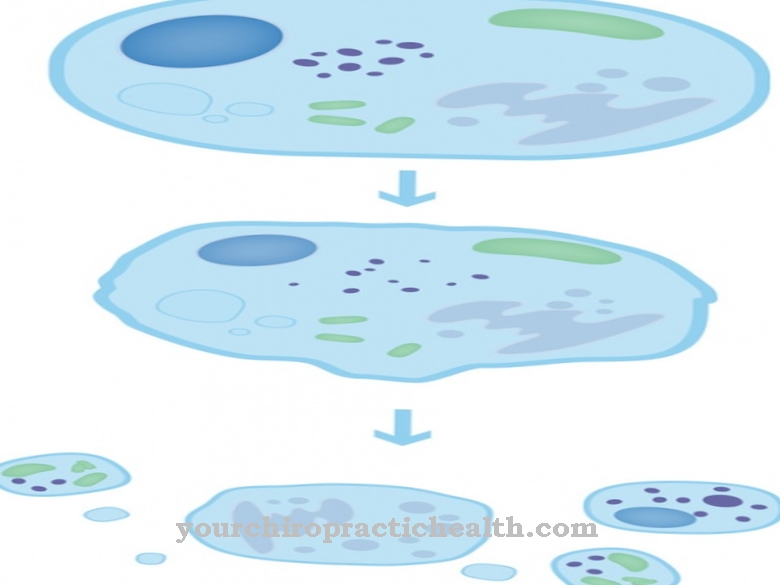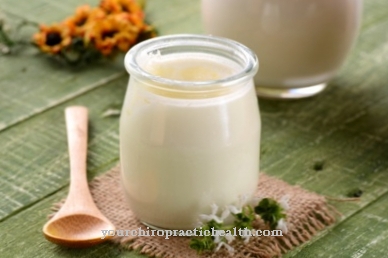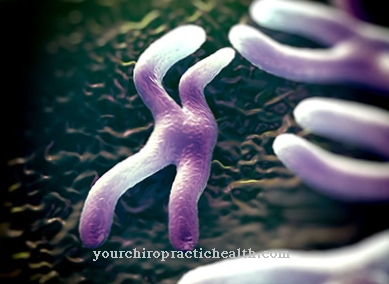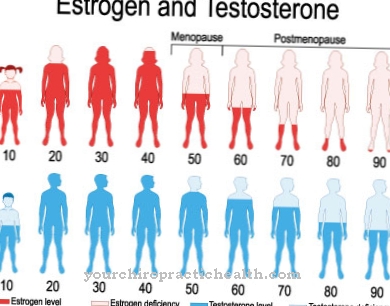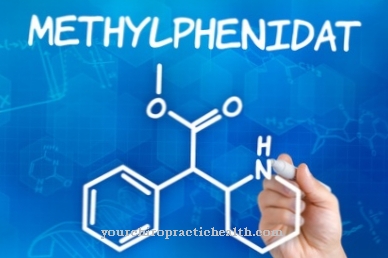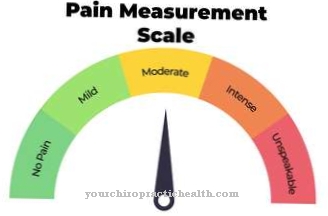Au, now something has stung me! It is not uncommon to hear this exclaimed on summer walks in the forest or elsewhere. And while the person concerned is scrutinizing his surroundings with suspicious looks to see if he is not already surrounded by such a small insect, he is usually already reaching for the spot that is burning and itching to scratch.
Why do insects bite?

He is certain that something has stung him, but that's not always true, because insects can also bite. Bites are mainly caused by insects with biting-chewing mouthparts that only pinch people occasionally. Often this is done in self-defense, which is easy to convince yourself of if you touch a ground beetle, which then immediately defends itself.
But there are also small species of beetles in which it has already developed into a mere habit to pinch and pinch people. Such habits are the first step towards real parasitism. The louse insects that live in the fur of mammals and in the plumage of birds do not have a proboscis, but they bite their host animals with their jaws, and in this way suckle blood.
Ants & formic acid
The consequences of biting ants are particularly painful. Most of them first bite their jaws into the skin, causing a skin lesion. Then they curve the tip of the abdomen forward and inject their poison into the wound. It contains formic acid, but also other poisonous components.
For the sake of completeness it should be mentioned that this does not happen in the same way for all ant species. For example, our wood ants spray formic acid at the enemy from a distance of several centimeters, regardless of whether it is a person's hand damaging their anthill or a burning candle that is viewed as hostile and which is placed on the anthill.
It is even extinguished by spraying it with formic acid, which is where the well-known anecdote comes from that ants have their own fire brigade. Other ants, like their close relatives, bees and wasps, have a stinger.
Bee sting, wasp sting & hornet sting

The most unpleasant form of insect stings are the so-called sting stings, of which the wasp stings and bee stings are best known. These hymenoptera have a real poison sting that is just a weapon against enemies. It must be added here that the immediate sting effect is increased by the poison injected with the sting. It can even kill a hostile insect. But these poison stings are by no means always harmless for humans either.
In contrast to the stings of other hymenoptera, the bee sting remains stuck in the human skin. The bee literally tears apart its internal organs when it stings, so that it dies from it. The sting can also function in other ways for the other insects. However, in all cases it originated from the laying sting, which is why only the females have it.
In most cases, insect bites are proboscis bites. While the sting of an insect sits on the back of the body, the proboscis is on the head and serves at the same time to eat. Here the reshaped mouth area fulfills the function of pricking and at the same time that of food intake.
Symptoms of insect bites
All insects that sting people with their proboscis are parasites. They feed on human blood. This also applies to bugs, fleas and lice as well as mosquitoes, biting flies, horseflies and other blood-sucking insects.
The insect bites cause an instant feeling of pain and - albeit only minor - blood loss. Symptoms and side effects or stitches include, for example, the well-known skin wheal (red swelling of the skin), which in many cases appears shortly after the sting and is itchy so that you want to keep scratching. Sometimes there is also increased swelling and redness. The whole arm or leg can even swell. The reason for this is that foreign proteins get under the skin with the bite and cause allergic reactions in the body.
Poison from insect bites

Sting stings are very toxic substances, which is why a wasp sting leads to a more or less violent reaction. With proboscis stings, vasodilating and sometimes also anticoagulant substances are injected into the human organism so that the insects can comfortably suck up blood. These substances are also foreign substances that lead to allergic reactions - often only after a few minutes, when the insect has long since left.
Individual insect bites can be harmless and quickly go away - especially if you don't scratch yourself. However, if a child's whole legs are bitten by mosquitos, then this must be regarded as a serious health disorder, because after all, it robs the child of sleep and makes them restless and dissatisfied.
Do not scratch after an insect bite
If you scratch yourself, there is a risk of secondary wound infection, which can cause ulcers that are difficult to heal or even blood poisoning. The insect's proboscis can also be contaminated with bacteria, so that the mere sting represents the beginning of a more or less severe inflammation.
Not everyone reacts in the same way to insect bites, and the sequence of stitches alone does not determine with certainty which insect caused the sting. Individuals even react unusually sensitively - and then usually particularly quickly - to very specific insect bites. Repeated stings of the same insect species with very poisonous proteins, for example the wasp, at shorter intervals of a few days or weeks can lead to increased sensitivity.
As already mentioned, scratching or a dirty proboscis, for example a brake, can lead to secondary infections with suppurations. In such cases, the home remedies to relieve an insect bite, cooling compresses, ammonia, sugar placed on the bite site or soothing ointments are no longer sufficient. The doctor must be notified immediately.
Allergic reactions after a wasp sting
It is particularly important to hurry with wasp stings on dangerous parts of the body, such as the head or neck, because the poison can get into the bloodstream more quickly from here than from other parts of the body. The same applies to wasp or bee stings in the mouth, which cause increased swelling and thus lead to suffocation.
Menacing signs are dizziness and nausea or even bluish tinting of the body and face just a few minutes after the sting. In such a case, immediate help is necessary, possibly even hospitalization. Our largest wasp species, the hornet, is particularly dangerous. It has also happened before that a single bee or wasp sting caused the death of a person. It must be emphasized, however, that a fatal outcome can only occur in unusually sensitive people with allergies and that it is still one of the exceptional cases up to now.
The counterpart to hypersensitive people are those who are practically insensitive or immune to insect bites. But even with them, quite different behavior can often be observed, because immunity by no means always extends to all parts of the body. In addition, it can manifest itself as a delayed sting reaction that may take days to appear. There is also the possibility that an insensitivity, the same applies to sensitivity, often only relates to a specific mosquito species.
Protection against mosquito bites

But even for the so-called normal-sensitive, even ordinary mosquito bites can become such a nuisance that they call into question the recovery during a cure or vacation. Experience has shown that there is a very typical case where young people camped by the Baltic Sea for 14 days and had chosen a place so covered up that they had to spend the whole time in a tent because it was unbearable outside from mosquitos. However, combating mosquitoes is not always easy, and fighting the forest mosquitoes in particular requires extensive measures, for which it is usually too late in summer.
The liniments and mosquito sprays offer individual protection against mosquito bites, but their effects often only last a few hours. With the so-called mosquito ointments and mosquito sprays, a distinction must be made between mosquito repellants and sting relievers.
While the first contain detergents and are intended to prevent mosquitoes from flying against or biting from the start, the sting relievers weaken the swelling and itching effect of a sting that has already taken place. There are also combined ointments and sprays that contain both types of active ingredient.
Undoubtedly, such ointments and sprays can protect against nagging insects if you have to stay in an area rich in mosquitoes. But in the end they are only a stopgap measure. Although they protect the individual, they do not change anything - absolutely nothing - in the mosquito plague in an area.












.jpg)
